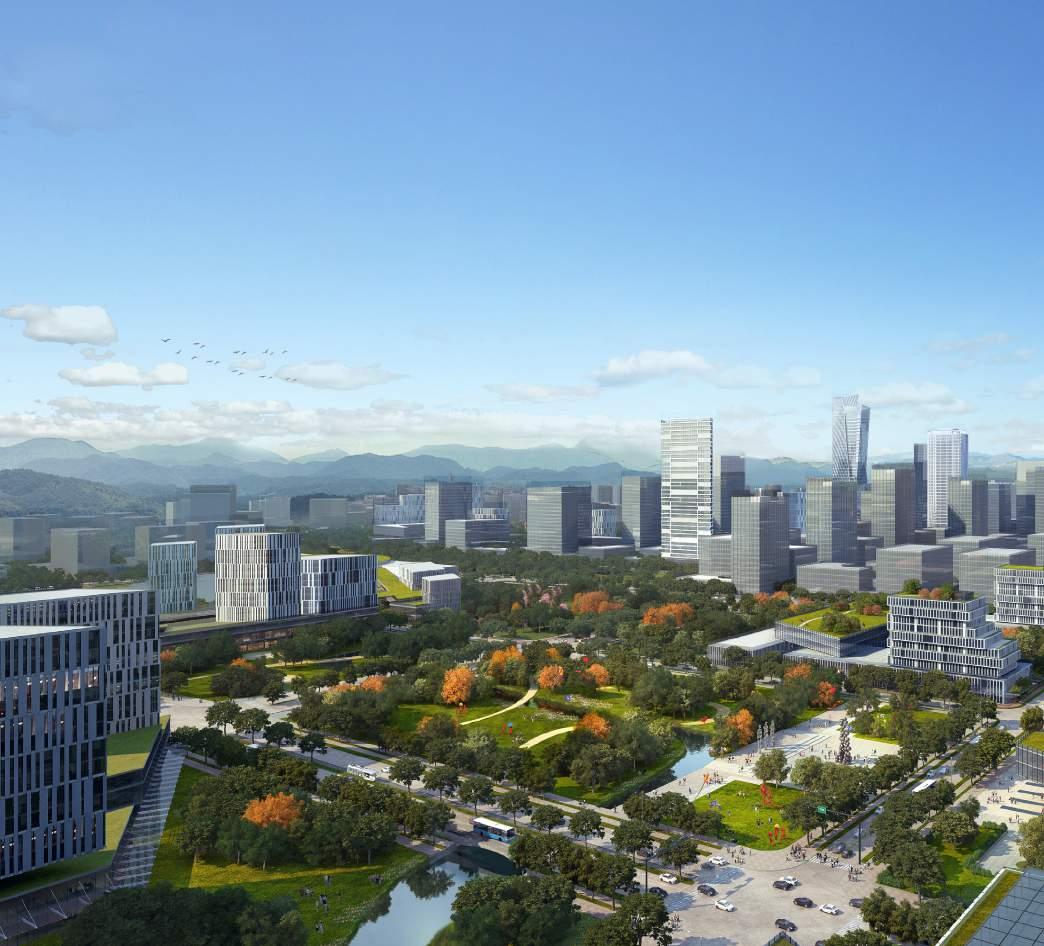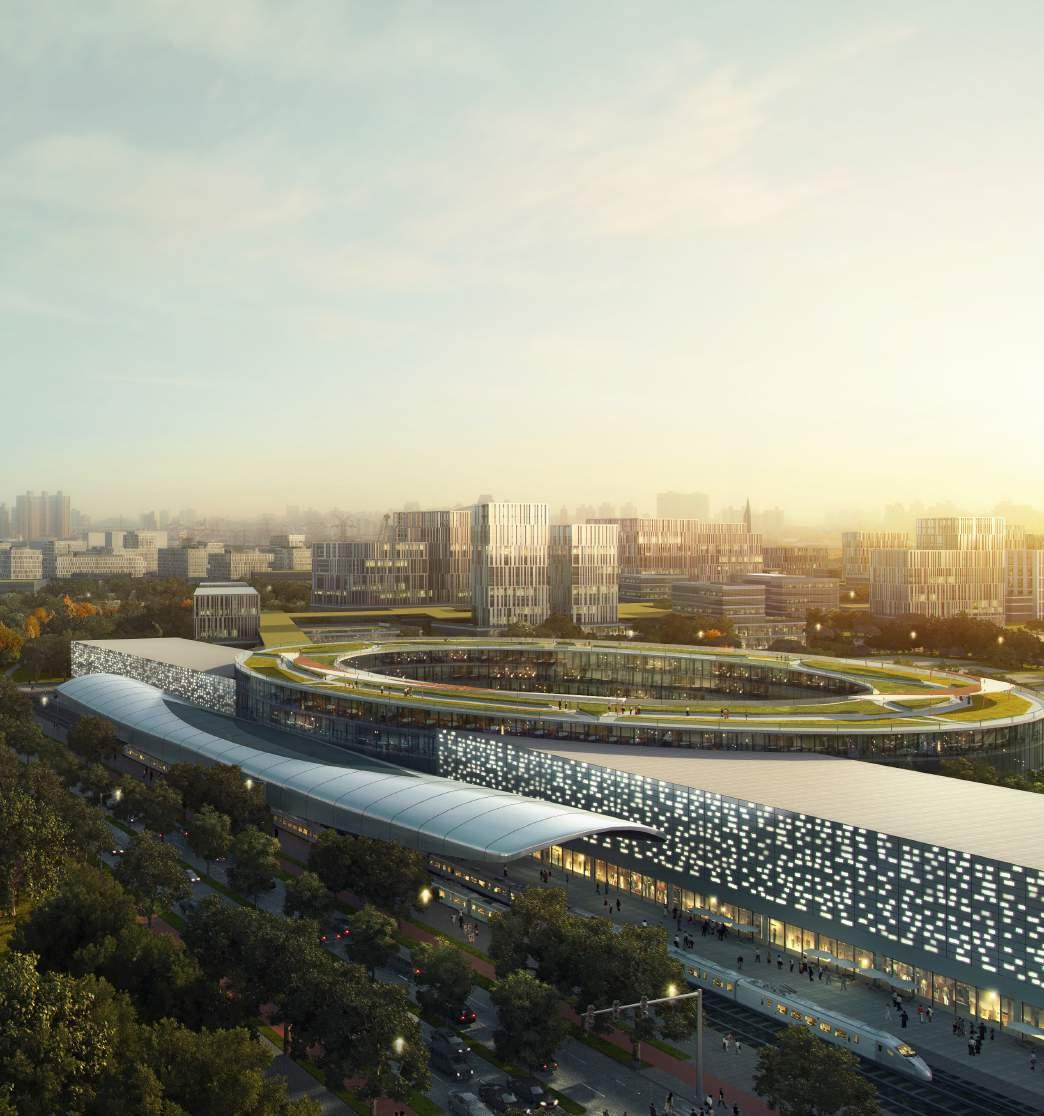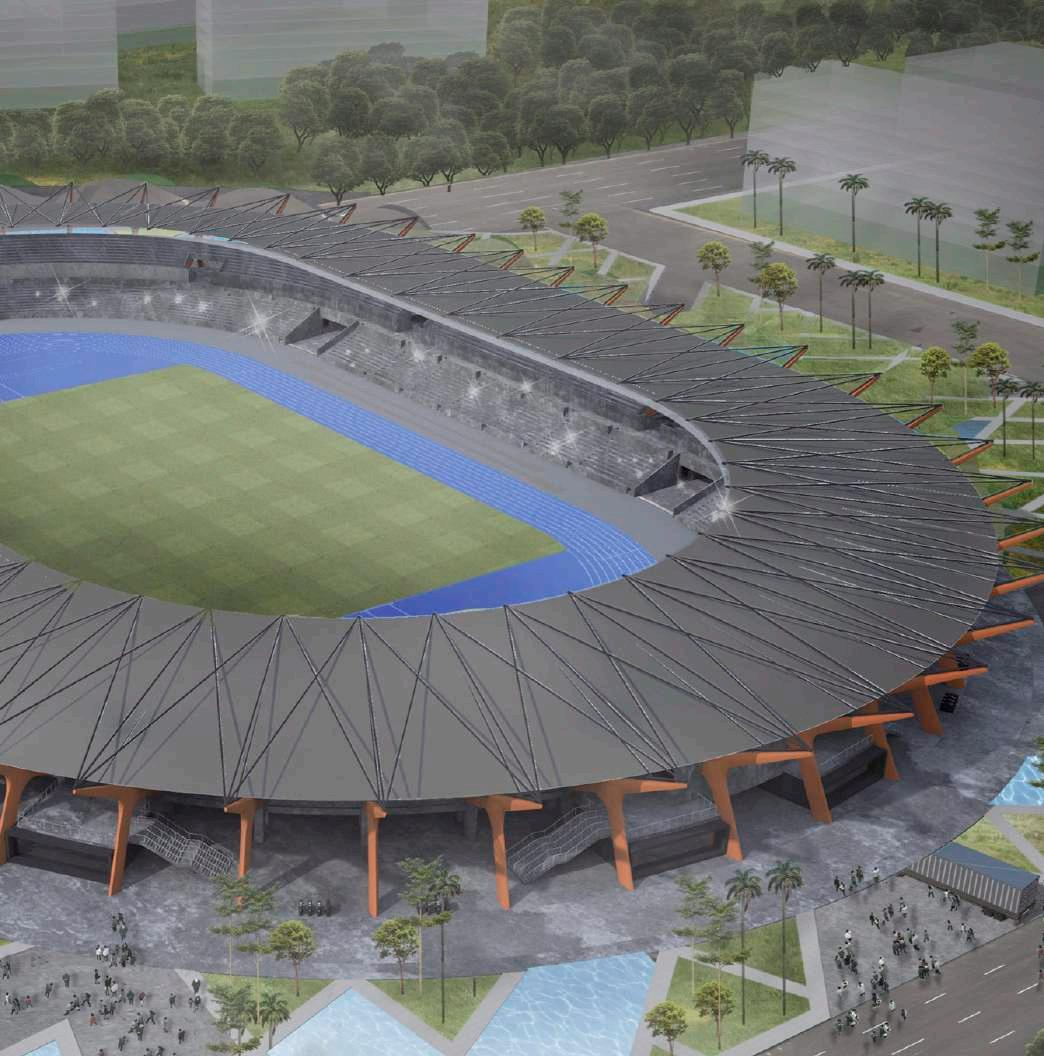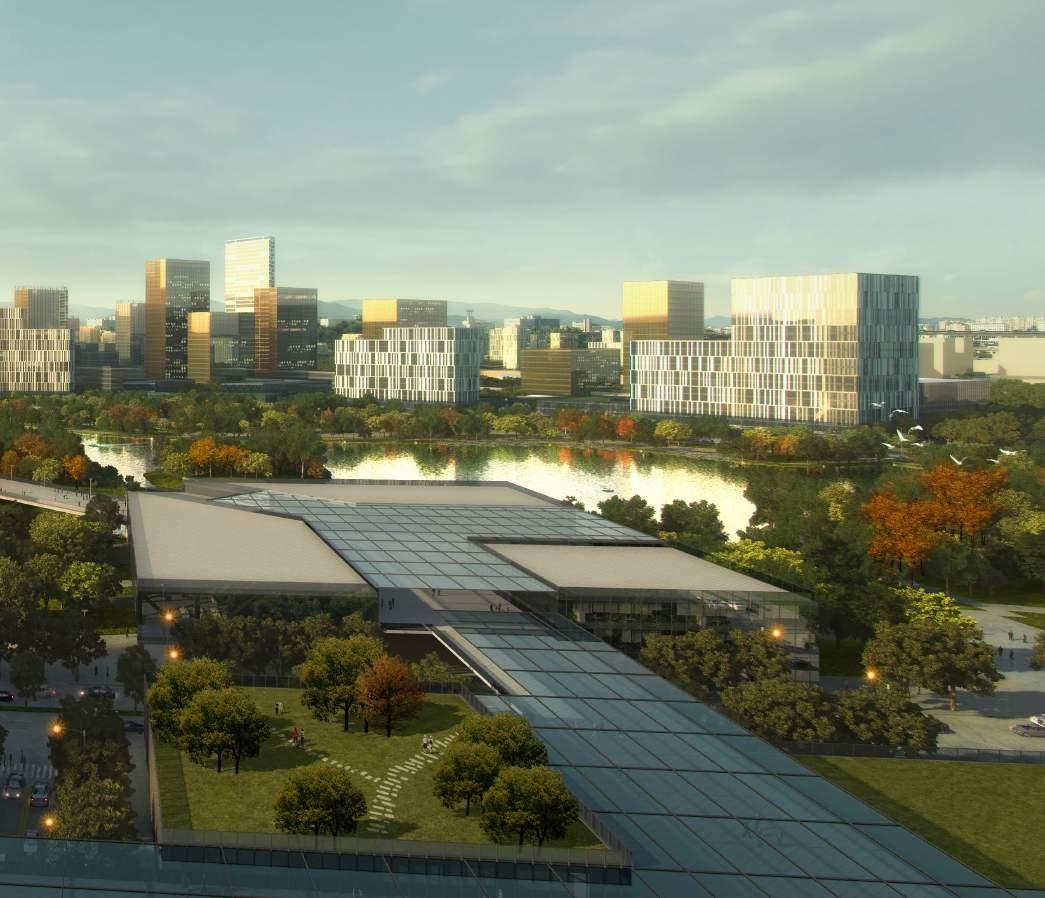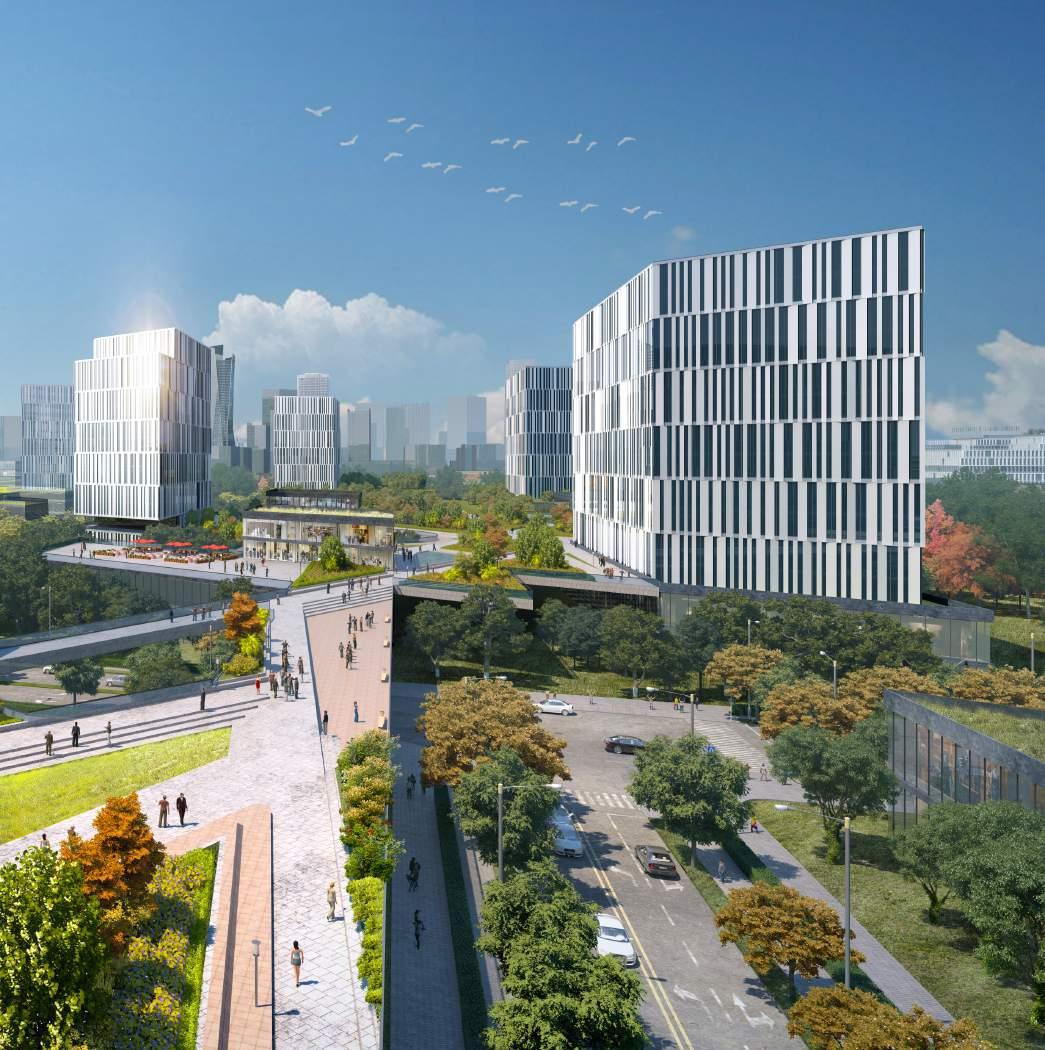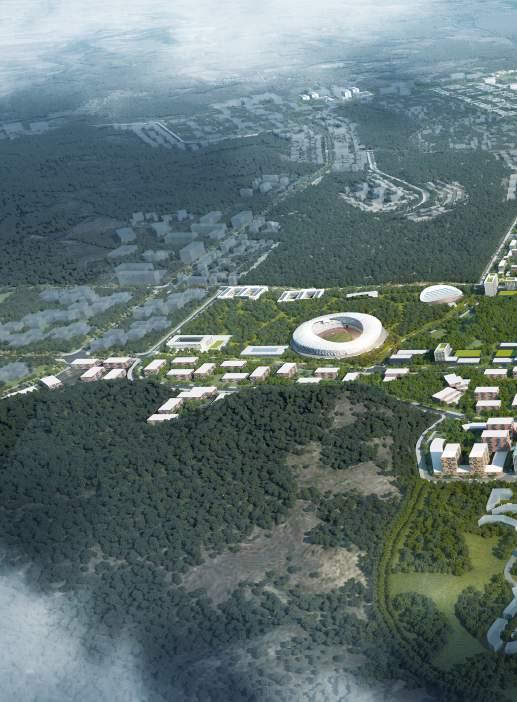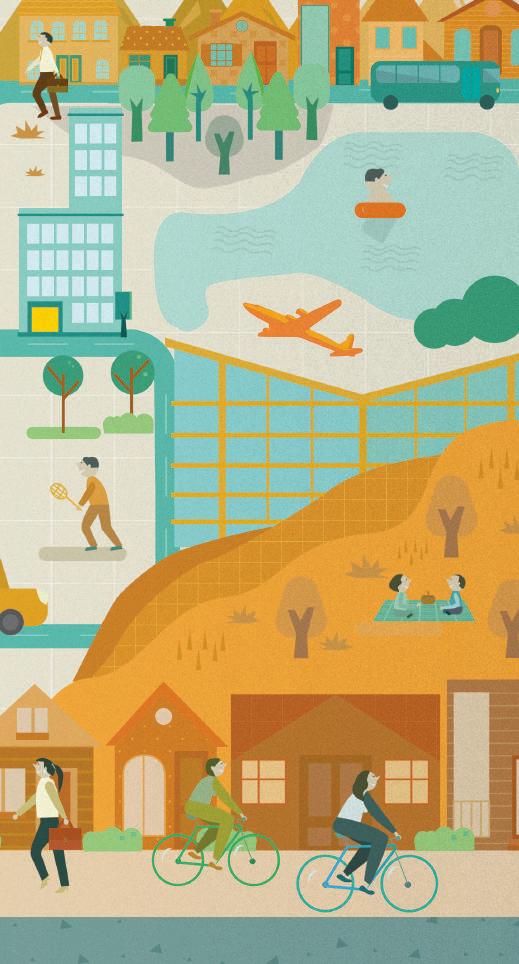
6 minute read
THE GOLDEN AGE OF STRATEGIC
from Clark Magazine Vol 1
by BCDA
The Golden Age of Strategic Partnership: Philippines and Japan
Commitments from the Japanese government will help realize the dream of Build, Build, Build
Advertisement
By Patricia Ruth Cailao
The Japanese government continues to be the Philippines’ top source of ofcial development assistance (ODA) loans. According to an announcement made by the National Economic and Development Authority (NEDA) in September 2017.
NEDA’s announcement came as no surprise for the Philippines has been immensely benefting from the Japanese government’s assistance since the 1960s. From 1967 to 2008, the Philippines received PhP983 billion (US$20.56 billion) worth of ODAs from Japan, to construct and improve infrastructure— highways, bridges, airports, seaports, and railways.
Now, President Rodrigo Duterte is seizing the opportunity out of the strong Philippines-Japan partnership to bring tremendous changes in the country.
His statements exactly show the trademarks of his leadership which his government is embodying: deciding boldly, and acting swifly.
Japan Overseas Infrastructure Investment Corporation for Transport and Urban Development
Earlier this year, President Duterte launched the Build, Build, Build program, his comprehensive plan to sustain the country’s economic growth and improve the quality of life of all Filipinos.
The Build, Build, Build program invests in high-impact legacy projects that will usher in the Golden Age of Infrastructure in the country, and which will be the long-term solution to the country’s lack of infrastructure, spreading growth and investments to the countryside, while addressing the growing problem of congestion in main urban centers such as Metro Manila.
The program came with the decision of the Duterte government to allocate 5.4 percent of the gross domestic product for infrastructure spending for 2017 alone—more than half the average infrastructure expenditures of the past six administrations.
The PhP8.4 trillion worth of projects under the Build, Build, Build program will not only provide Filipinos with an efficient mass transport system that will fast-track delivery of goods and services but will enable interconnectivity and better logistics in the whole archipelago.
In his second state visit to Japan, President Duterte met with Japanese Prime Minister Shinzo Abe and discussed “concrete, time-bound, and specifc ways to further intensify bilateral cooperation,” the President said during his arrival speech from the ofcial visit. On top of their agenda is Japan’s vital support for the high-impact projects under the Build, Build, Build Program.
Te President said that he will closely work with Prime Minister Abe “to ensure that projects proceed soonest and it will be Done, Done, Done.” With this in mind, President Duterte added that the Philippines and Japan “are building a golden age for our strategic partnership.”
Te Japanese government committed a trillion yen (close to US$9 billion or PhP452 billion) worth of pledges to fund the projects under the Build, Build, Build program. In addition to this, President Duterte secured at least PhP59 billion (113 billion yen) worth of loans, and PhP309 billion (US$6 billion) worth of Japanese investments out of the 18 business deals signed in his second visit to Japan.
Part of the trillion yen aid package will fund the Manila Metropolitan Subway Project, and the North to South commuter railway from Clark, Pampanga to Los Baños, Laguna.
Tese commitments from the Japanese government will realize the dream of the Golden Age of Infrastructure in the country. Japan, afer all, builds the most massive, modern, and efcient transport systems and smart cities in the world.
Dozens of rail lines cut across Japan, making these the world’s most complex railroad systems but at the same time one of the safest and most systematic.
In terms of smart cities, Yokohama City sets an example in its transformation from a small settlement south of Tokyo, to becoming Japan’s second-biggest city with a population of 3.7 million (as of 2011) and gross city product of 12.77 trillion yen (2008).
To cope with rapid urban growth, the Yokohoma City government took the initiative to work with the national government, the private sector, and its citizens in the implementation of six projects.
Te city government integrated transport development with urban development and combined it with residential and environmental issues.
Meanwhile, the subway system was guided by the
“15 minutes by train” principle for residents to reach the city center while the “30 minutes by car” principle was incorporated to the city’s expressway network.
For transportation, while a robust subway and bus system exists, 2,300 electric vehicles and charging stations were introduced throughout the city.
Model for New Clark City
Te Japanese model is what the Bases Conversion and Development Authority (BCDA) aims to do in implementing developments in Clark.
Clark, with its strategic location of being a few hours away from Metro Manila and from tourist spots in North Luzon, has a huge potential in generating billions of investments for the country.
“To build the best, you have to partner with the best,” BCDA President and Chief Executive Ofcer Vivencio Dizon said. He believes that BCDA should also harvest from the gains of Philippines and Japan’s long-standing partnership in bringing progress to its properties, especially those outside Metro Manila.
New Clark City (formerly known as Clark Green City), BCDA’s most ambitious project to date, is designed to be the country’s frst smart, green, disaster-resilient city, where nature, lifestyle, business, education, and industries converge, and will be at par with other modern cities in the world. It is among the centerpiece projects under the Build, Build, Build program.
Te masterplan for the New Clark City is in its fnal stage of completion which is being done by the Japan Overseas Infrastructure Investment Corporation for Transport and Urban Development (JOIN), engineering design frm AECOM, and engineering frm located in Japan, NIPPON KOEI—the government’s partners in implementing urban development projects in Clark.
With BCDA’s dream of establishing sustainable growth in New Clark City, this 9,450-hectare development project will feature mixed-use real estate developments for housing, a business continuity center that would also house national government agencies, an agro-industrial park that will provide a platform for research and development, and the Philippine Sports City.
New Clark City will also maximize public and green space as only a third of the total land area will be developed and two-thirds will be allotted for green spaces.
Even the roads in the New Clark City will be the frst of their kind in the Philippines. Te roads will have wide pedestrian lanes, exclusive bicycle lanes, lush greenery and an integrated mass transit lane.
New Clark City complements other development projects in Clark such as the expansion of the Clark International Airport and the construction of the Subic-Clark Cargo Railway all envisioned to provide interconnectivity in the region and benefit millions of Filipinos.
Te Duterte government is putting in lots of hard work to establish New Clark City, a benchmark to future master-planning initiatives in the country. Te success of New Clark City defnes the Philippines’ preparedness in building great cities that live up to sustainability. And this new metropolis could be among the best testaments of what we learned from our collaborations with Japan.
Patricia Ruth Cailao works as a corporate communication ofcer for the Bases Conversion and Development Authority. She’s interested in studying the Korean culture, and enjoys her classes in minhwa or korean folk painting.

